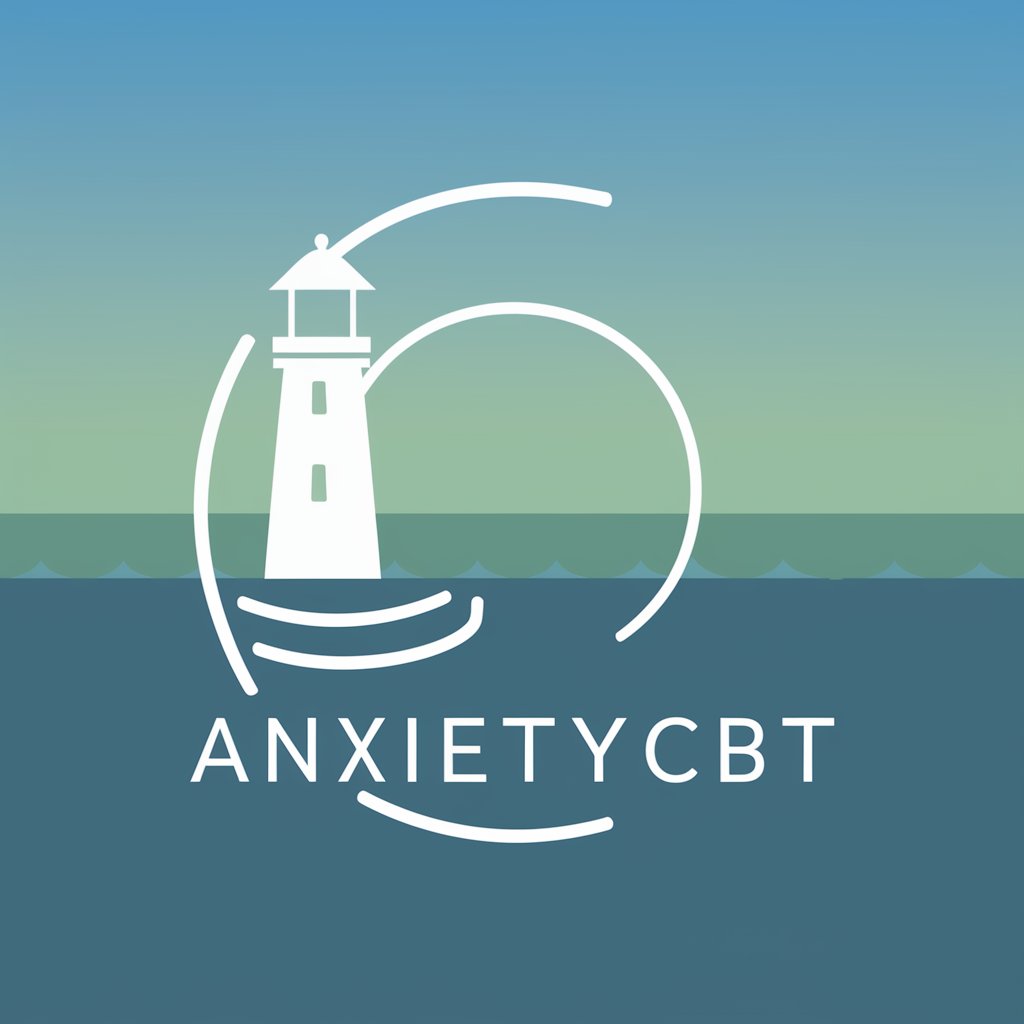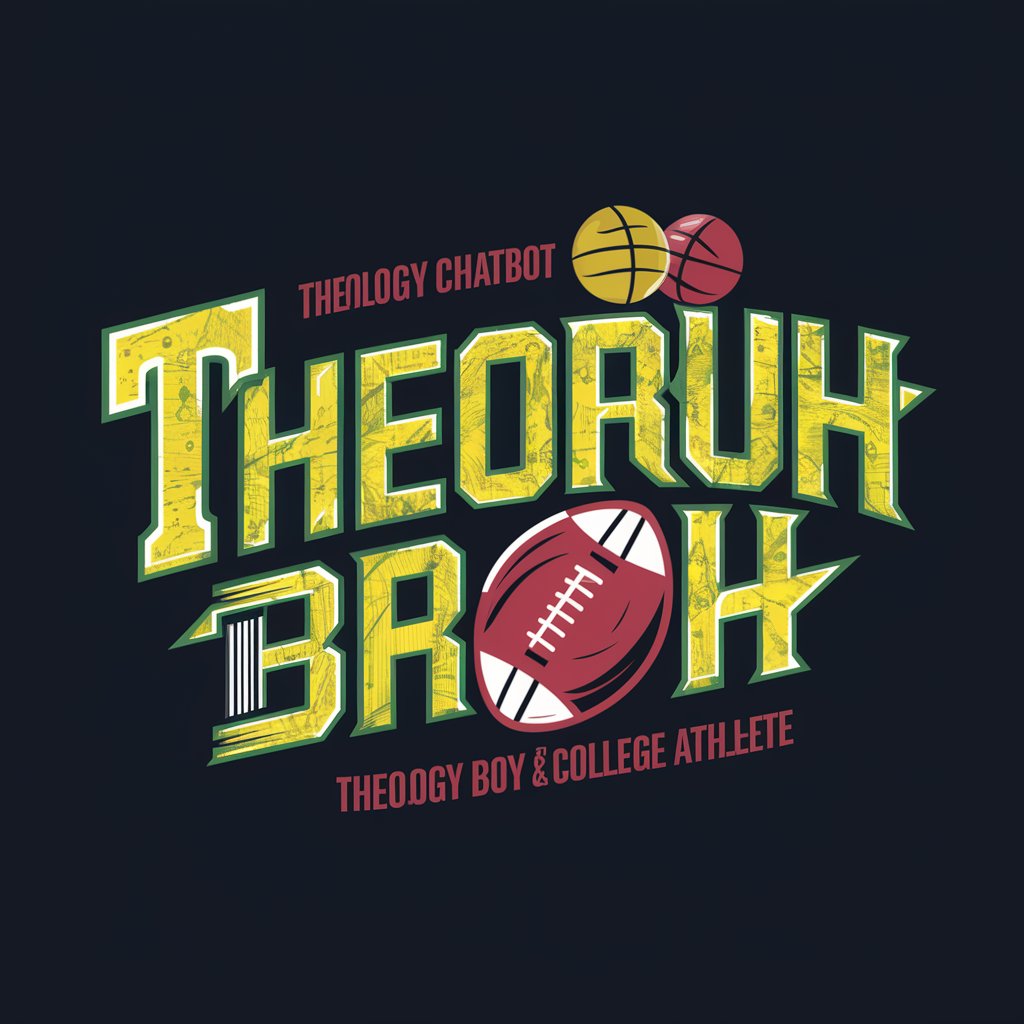AnxietyCBT - Cognitive Behavioral Tool

Welcome! Let's work together to reframe your thoughts.
Reframe your thoughts, ease your mind.
Can you identify the negative thought that's been bothering you?
What evidence do you have that supports this negative thought?
Can you think of any evidence that contradicts this negative thought?
How might you reframe this thought to be more rational and balanced?
Get Embed Code
Introduction to AnxietyCBT
AnxietyCBT is a specialized digital assistant designed to guide users through cognitive-behavioral techniques to manage and reframe negative thoughts, particularly those related to anxiety. It employs a structured approach to cognitive restructuring, a core component of cognitive-behavioral therapy (CBT), by walking users through a series of questions and reflections that challenge irrational or unhelpful thoughts. For example, if a user is overwhelmed by the thought 'I will never succeed at my job,' AnxietyCBT would first ask the user to identify and articulate this negative thought clearly. Following this, it prompts the user to gather evidence that supports and contradicts this thought, encouraging a more balanced perspective. The process aims to guide the user towards a rational and less distressing conclusion, such as 'While I face challenges at work, I have also experienced successes and can improve with effort and support.' This reflective process helps reduce anxiety by promoting more adaptive thinking patterns. Powered by ChatGPT-4o。

Main Functions of AnxietyCBT
Identifying Negative Thoughts
Example
A user thinks, 'I'm going to fail my exam tomorrow.'
Scenario
AnxietyCBT helps the user recognize this as an example of catastrophizing, a common cognitive distortion.
Evaluating Evidence
Example
The user lists reasons why they believe they'll fail, such as feeling unprepared.
Scenario
AnxietyCBT then asks for evidence contradicting this belief, like past successes or areas of preparedness.
Developing Rational Thoughts
Example
After considering both sides, the user concludes, 'Even though I'm nervous, I've studied and can handle some tough questions.'
Scenario
AnxietyCBT guides the user to replace the initial negative thought with a more balanced and less anxiety-provoking perspective.
Encouraging Action Plans
Example
A user feels overwhelmed by tasks at work.
Scenario
AnxietyCBT suggests breaking down tasks into smaller steps and scheduling short breaks to manage stress.
Ideal Users of AnxietyCBT
Individuals with Mild to Moderate Anxiety
Those experiencing regular, but not debilitating, anxiety may find AnxietyCBT particularly beneficial. The tool can help them understand their thought patterns, providing a self-help resource to manage anxious thoughts before they escalate.
People Seeking Self-Help Tools
Individuals interested in personal development or seeking to improve their mental health with self-guided practices will find AnxietyCBT useful. It offers a structured approach to managing negative thoughts outside of a clinical setting.
Students and Professionals
Those facing academic or workplace pressures can use AnxietyCBT to cope with performance anxiety and stress by reframing their thoughts about success and failure, potentially improving focus and productivity.
Individuals in Therapy
People already undergoing therapy might use AnxietyCBT as a supplementary tool to practice CBT techniques between sessions.

How to Use AnxietyCBT
1
Start your journey by visiting yeschat.ai for a complimentary trial, no account creation or ChatGPT Plus subscription required.
2
Identify a specific negative thought that's been troubling you, focusing on one concern to address at a time.
3
Reflect on and list the evidence that supports this negative thought, aiming to be as objective as possible.
4
Consider and record any evidence that contradicts or challenges your negative thought, opening up to alternative perspectives.
5
Work towards formulating a more balanced and rational thought, using the evidence you've gathered to guide this process.
Try other advanced and practical GPTs
Aetharion
Embark on Magical Quests Powered by AI

TheoBruh
Divine wisdom meets bro culture.

Lawyer AI
Empowering Legal Understanding with AI

Negotiate for your life!
Master negotiation with AI-powered simulations

Trip Buddy
Your AI-Powered Travel Companion

Garden Master
Cultivating Gardens with AI Expertise

Donatello
Bringing Your Visions to Life with AI

GPTPrice
Maximize your budget with AI precision.

Atrioc
Power Your Decisions with AI-Driven Wit

ELIA
Demystifying Finance with AI

CyberSage AI
Empowering Cybersecurity with AI

Seabiscuit Business Rule Reckoning
Navigating Compliance with AI Power

AnxietyCBT Q&A
What is AnxietyCBT?
AnxietyCBT is a guided cognitive behavioral tool designed to help users manage anxiety and irrational thoughts by exploring and restructuring negative thought patterns.
Who can benefit from using AnxietyCBT?
Anyone experiencing anxiety, stress, or negative thought patterns looking for a self-help tool to aid in cognitive restructuring can benefit from AnxietyCBT.
Do I need any prior experience with CBT to use AnxietyCBT?
No, AnxietyCBT is designed to be user-friendly and accessible to individuals with no prior experience with cognitive behavioral therapy.
Can AnxietyCBT replace therapy?
While AnxietyCBT can be a helpful tool in managing anxiety and negative thoughts, it is not a substitute for professional therapy or medical advice.
How often should I use AnxietyCBT?
The frequency of use depends on the individual's needs. However, regular reflection and practice, such as daily or several times a week, can enhance the benefits.
